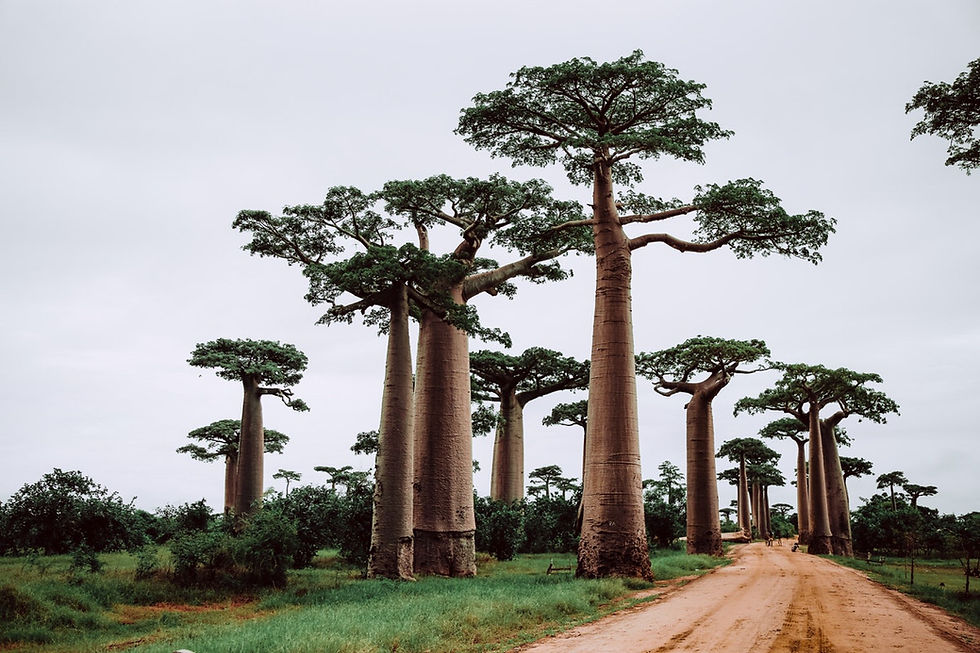the gardens of japan
- John Baker
- Aug 28, 2018
- 2 min read
Updated: Mar 10, 2024
Members of the Titchfield Gardeners’ Club were treated by hosta specialist, John Baker, to a trip to the Far East for a Journey through Japan. Starting in Tokyo, they passed through Kyoto and Hiroshima to finish on Miyajima Island, stopping at many Japanese Gardens on route.
It was surprising the hear that, in actual fact, the traditional Japanese style gardens were brought across from China having been seen by Japanese merchants.
The concept of Japanese gardening was introduced to the Western world by Josiah Condor (1852 -1920) who worked in Japan as an architectural lecturer, writing several books about Japanese style gardening. There are several styles of Japanese gardening. Firstly, there are the hill and pond gardens, inspired by the natural landscape of Japan and easily recognised by the traditional red bridge crossing the water to reach an island. Secondly, there are stroll gardens, that initially were a symbol of the wealthy Japanese society, designed to always give a different view from whichever point in the garden you stop to take in the admire them. And finally, the Zen Garden, based on the concept of Wabi and Sabi.
The first group of slides displayed views of the impressive Imperial Palace Gardens in Tokyo, built on the former site of Edo Castle.
Every year during the latter part of April and the beginning of May, Tokyo’s Ueno Park stages the Peony Festival. Over 800 varieties can be seen on display. However, this is preceded by the stunning cherry blossoms of late March along the avenues of Tokyo.
Many historic areas with stunning gardens can be seen inKyoto, this is because the decision to “drop the bomb” on Kyoto was changed to Hiroshima in order to preserve the architecture. In contrast, the peace garden of Hiroshima, is actually laid out on the site where the A bomb landed.
Back in Kyoto, the gardens of Kinkaku-Ji, a stroll garden, boasts the impressive Golden Pavilion – a zen temple. A trip to Nara Garden will give visitors the chance to see many tame deer, kept at the gardens to represent the Japanese belief that gods came to the area riding on deer. Nara Garden also holds the largest bronze Buddha in Japan, at 15m high, inside the 48m high Daibutsu-den building.
The tour’s final stop was at the famous Itsukushima Shrine at Miyajima Island.
For those considering having a Japanese garden of their own, the following elements should be included:
Rocks – group in odd number formations - buried about one third their height
Stepping stones – not in a straight line
Water – Stream or water fall/water basin
Lanterns – made from stone, not concrete
Plants – hostas, moss, ferns and Acers
Robert Blake





Comments